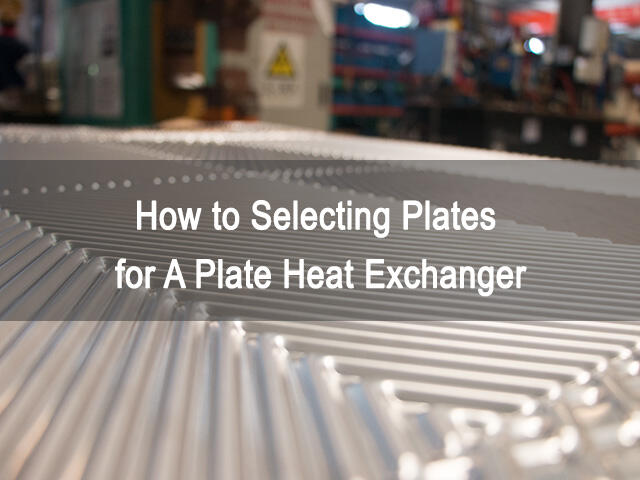Lors du choix des plaques pour un échangeur de chaleur à plaques, plusieurs facteurs doivent être pris en considération pour assurer des performances et une efficacité optimales. Voici quelques considérations clés pour choisir des plaques pour un échangeur de chaleur à plaques:
1. le nombre de personnes Matériau: Les plaques pour échangeurs de chaleur à plaques sont généralement fabriquées à partir de matériaux tels que l'acier inoxydable, le titane ou d'autres alliages. Le matériau choisi doit être compatible avec les fluides utilisés dans l'échangeur de chaleur afin d'éviter la corrosion et d'assurer sa longévité.
2. Le dépôt de la demande. Type de plaque: Il existe différents types de plaques disponibles pour les échangeurs de chaleur à plaques, y compris les plaques garnies, brasées et soudéses. Le type de plaque choisi dépendra de facteurs tels que la température de fonctionnement, la pression et la nature des fluides utilisés.
3. Le retour de la guerre Épaisseur de la plaque: l'épaisseur des plaques peut avoir une incidence sur l'efficacité du transfert de chaleur et la chute de pression dans l'échangeur de chaleur. Les plaques plus épaisses sont généralement plus durables mais peuvent entraîner des chutes de pression plus élevées, tandis que les plaques plus fines peuvent offrir un meilleur transfert de chaleur mais être plus sensibles aux dommages.
4. Le dépôt de la demande. Conception des plaques: la conception des plaques, y compris le motif des ondulations et la taille de la surface de la plaque, peut affecter l'efficacité du transfert de chaleur. Les plaques à surface élevée et à flux turbulent sont généralement plus efficaces pour transférer la chaleur entre les fluides.
- Je vous en prie. Configuration du débit: la configuration du débit des plaques, telles que les conceptions à passage unique ou à plusieurs passages, peut avoir une incidence sur l'efficacité du transfert de chaleur et la chute de pression dans l'échangeur de chaleur. La configuration du débit doit être choisie en fonction des exigences spécifiques de l'application.
6ème. Exigences d'entretien: lorsque vous choisissez des plaques pour un échangeur de chaleur à plaques, prenez en considération la facilité d'entretien et de nettoyage. Des plaques faciles à enlever et à nettoyer contribueront à prolonger la durée de vie de l'échangeur de chaleur et à maintenir son efficacité.
En considérant attentivement ces facteurs et en sélectionnant des plaques qui correspondent bien aux exigences spécifiques de l'application, vous pouvez assurer des performances et une efficacité optimales de votre échangeur de chaleur à plaques.
